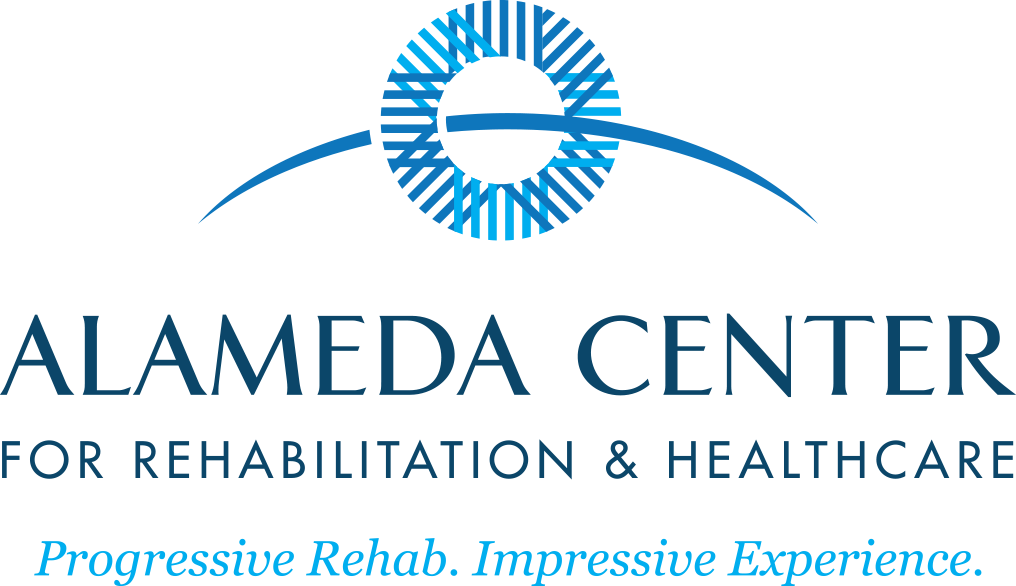New Innovations in Stroke Rehab
A stroke can be devastating for someone who was previously alert and active. The effects of a stroke can range from mild to debilitating, with most sufferers falling somewhere in the middle. But any stroke victim will need some amount of time in rehab. Those with the worst fallout often need intensive rehabilitation efforts, and today there are many new and innovative methods to help stroke victims regain faculties and get back to themselves.
New studies show new angles
Some of the innovations in stroke rehab are simply the windows of time for rehab. Research indicates that although the main rehab is done within the first thirty days after the stroke, rehab efforts can continue at lower levels for longer amounts of time. So even if a stroke victim goes through intensive therapy for several months before being discharged from a rehabilitation center, the efforts should continue for months or even years after. Though improvement will be slower, it will be discernable. Continuous physical, occupational and speech therapy, in addition to whatever else the rehab team recommends, can make further inroads in the patient’s recovery long term.
Retraining the brain
Often, improved outcomes are seen when the brain has to re-memorize skills, and the patient has to repeat and practice rigorously. Many newer interventions are simply ways for patients to accomplish repetitive tasks.
Stroke rehab redefined
One of the newer ways to approaching stroke rehab is to assess the level of care the patient needs. There are different types of facilities that offer different levels of treatment depending the needs of the patient – acute care vs. skilled care. Instead of a one-size-fits-all process, placing patients in the appropriate facility can help each one achieve his goals more quickly.
Robotic devices
There are constant new advances in the development of robotic devices. With the aid of these devices, many patients are able to move their skills up a notch. While they don’t provide a cure, they increase the quality of life for stroke victims.
Magnetic therapy
Transcranial magnetic stimulation is an example of how scientists are using electromagnetic therapy to help stroke victims. In this set-up, a device is attached to the patient’s scalp. While the patient accomplishes a recurring performance task, the device sends out electrical impulses to the brain to stimulate activity in the cortical part of the brain.
Constraint-induced therapy
In this type of development, therapists restrict the use of a better limb so that the patient must strengthen his weaker limb to accomplish a task. For example, if it’s easier to use a fork to eat with his left hand, that hand will be restricted so he will have to resort to use his weaker right hand.
Rehab-focused machinery
Some forms of robotic therapy involved large machines that give the patient more work than a therapist alone can provide. For example, a therapist might be able to help a patient take steps, but a robotic treadmill under the control of a therapist can help him take exponentially more in each session, pushing him to new levels of success.
Further advancements
There are always new advances and ideas in stroke treatment. Stem cell therapy seems promising, where doctors insert healthy stem cells into the patient’s brain, but so far results in humans have been inconclusive. Some drug therapy may also help, but drug companies have not yet made it a priority in their research labs.
At the Alameda Center for Rehabilitation, we are always looking for better to ways to care for our stroke patients. We offer many different therapies with a caring and knowledgeable staff.
